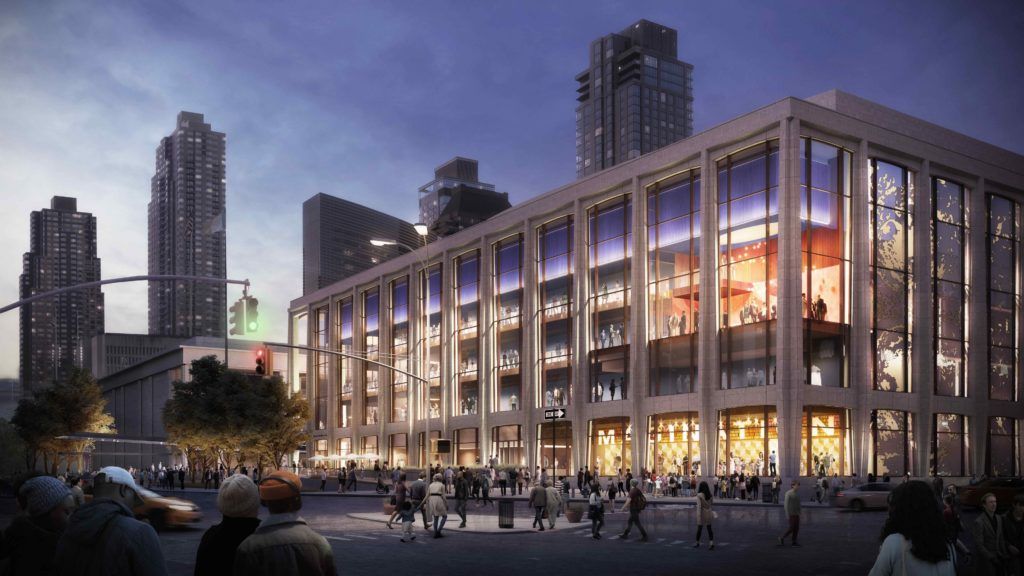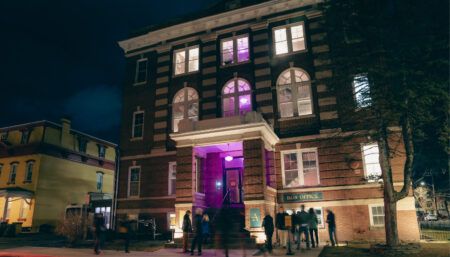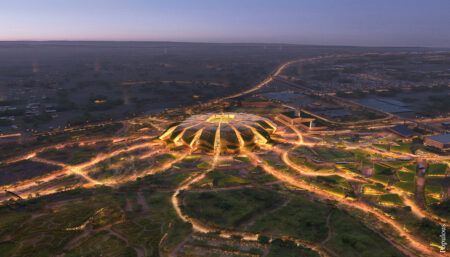 Representatives from the Lincoln Center and the New York Philharmonic have unveiled plans for the renovation of David Geffen Hall in New York. The project will transform the concert hall and all public spaces, enhancing the concert experience and creating innovative ways to connect with potential visitors.
Representatives from the Lincoln Center and the New York Philharmonic have unveiled plans for the renovation of David Geffen Hall in New York. The project will transform the concert hall and all public spaces, enhancing the concert experience and creating innovative ways to connect with potential visitors.
Auditoria speaks to Gary McCluskie, principal at Diamond Schmitt Architects, about the company’s involvement.
How did Diamond Schmitt Architects come to be involved with the David Geffen Hall project?
Diamond Schmitt was selected in an international competition of over 100 firms in 2015 to come up with a scheme to reshape David Geffen Hall. We partnered with Thomas Heatherwick Studios. That project stalled in 2017 over concerns the New York Philharmonic would have to relocate for up to three years. Diamond Schmitt Architects was retained in the interim period.
What will be some of the stand-out features of the hall upon completion?
It will be a completely new room, both in terms of what’s there now and what was proposed in the previous iteration. We’re peeling back to the outer walls, removing the proscenium and moving the stage further into the hall with wood-lined wrap-around seating to bring patron and performer much closer together.
The concert experience in this ‘single-room’ design will be more connected and engaging with acoustical and visual intimacy. I liken the configuration to a hybrid shoebox and vineyard arrangement. Sightlines and audience comfort will be enhanced by restoring the original 1962 steeper seating rake in the orchestra and by angling the balcony seats towards the stage. There will also be 500 fewer seats, bringing capacity to 2,200.
How did you work with the Lincoln Center and New York Philharmonic to create the design?
Diamond Schmitt has been actively designing this version of the hall for the past two years in close collaboration with the Philharmonic and our partners, acoustician Paul Scarborough of Akustiks and theatre planning group Fisher Dachs Associates, led by Joshua Dachs. More recently, Tod Williams Billie Tsien Architects came on board to reconfigure the lobbies.
Which part of the design are you most excited about?
I think the most transformational aspect of the new hall will be the high degree of artistic flexibility permitted by the variable stage configurations. This will allow the Philharmonic to customise presentations for solo performers, multimedia events, movie screenings and, of course, the full orchestra.
Why did Diamond Schmitt Architects want to be involved in the project? What does it mean to the company?
We love working in the performing arts sector. This was an opportunity to reimagine and reshape a building that hasn’t quite lived up to the expectations and calibre of its resident orchestra. We bring the experience of more than 40 projects in performing arts to the table and with it, the confidence of getting it right. It’s immensely gratifying to collaborate and create an architectural environment for performance that will resonate with the public, musicians and the artistic life of New York.
Is there anything else you would like to add?
The New York Philharmonic and Lincoln Center are partners in this project and the design will enhance the connection of David Geffen Hall with the arts plaza and the neighbourhood. While respecting the original and iconic Max Abramovitz building exterior, new features such as The Sidewalk Studio, bigger lobbies and the illumination of The Lightwall will transform this cultural landmark into a welcoming destination throughout the day.





